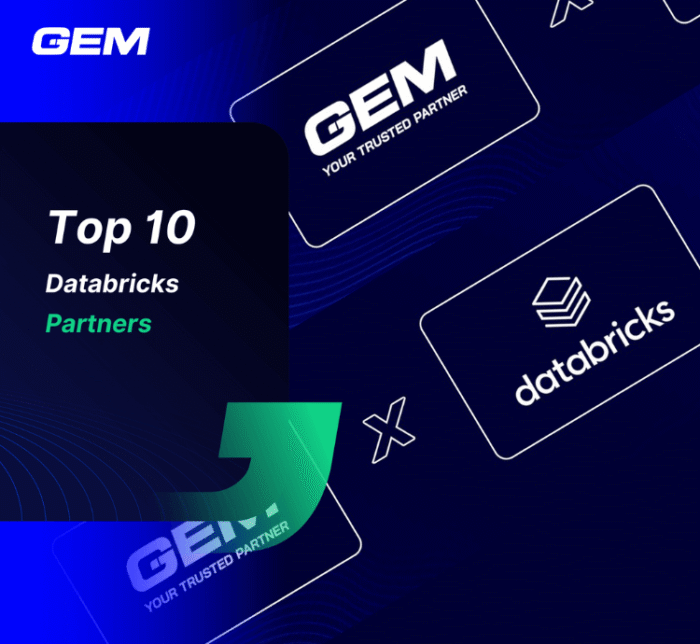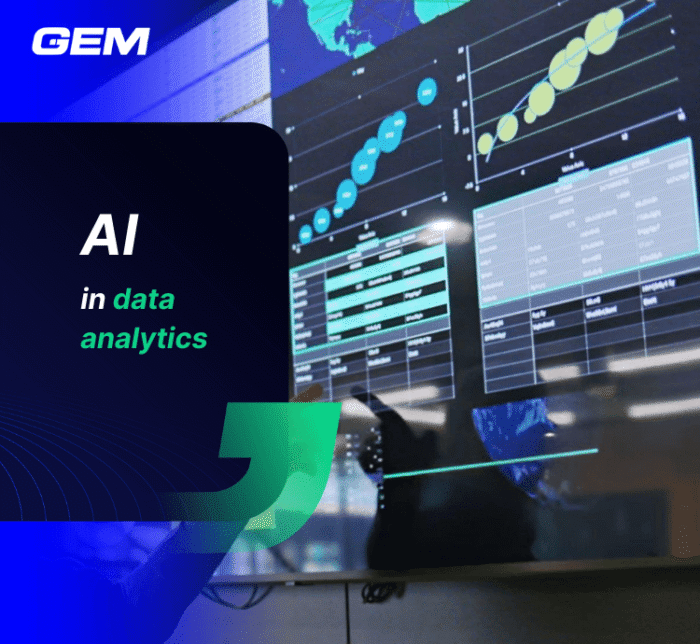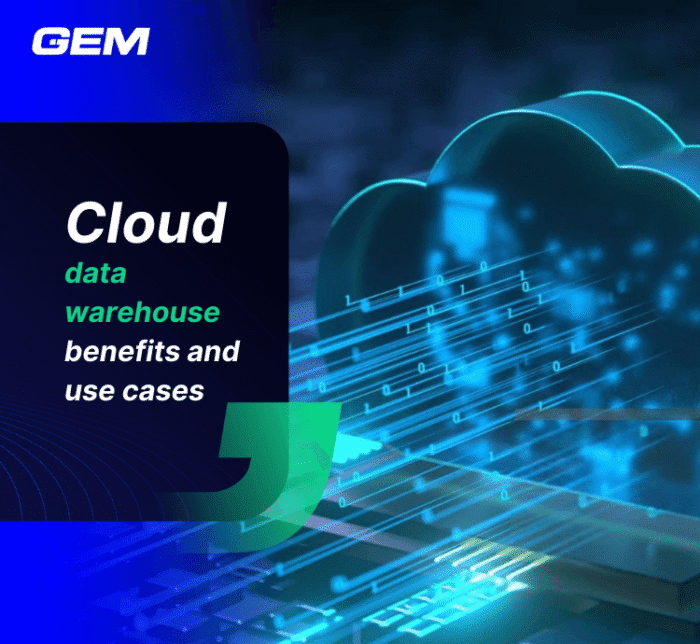Contents
In today’s digital world, data is the foundation of innovation and growth. As businesses continue to evolve, how they handle data changes rapidly. Traditional data storage and analysis methods are being replaced by modern solutions like cloud data warehouses, business intelligence tools, and AI-driven analytics. These data services are not just tools — they’re critical strategies that help organizations stay competitive, adapt to changing markets, and predict future trends.
In this article, we’ll explore the key concepts behind data services, the latest trends shaping the field, and how businesses can leverage these solutions to unlock the full potential of their data. Whether you’re looking to improve data management, enhance analytics, or future-proof your operations, understanding these services is essential for success in the digital age.
What is data service? “Data service” vs “Data as a service”
A data service is a technology or process that enables data access, processing, transformation, and management across various applications, systems, or platforms. It also ensures data is reliable, structured, and readily available when needed.
While the terms “Data service” and “Data as a service” (DaaS) sound similar, they refer to different concepts in data management.
- Data services are technology-driven frameworks that help manage and process data internally within an organization.
- DaaS is a business model that allows organizations to consume data externally without handling the complexities of data management.
| Feature | Data Service | Data as a Service (DaaS) |
| Definition | A system or process that manages and facilitates data access, transformation, and delivery. | A cloud-based service model where data is provided on demand via a subscription or API. |
| Purpose | Supports data integration, transformation, security, and accessibility across various applications and environments. | Provides pre-processed, ready-to-use data that businesses can access remotely without managing infrastructure. |
| Deployment | Can be implemented on-premises, in the cloud, or hybrid environments to enhance internal data processes. | Fully cloud-based, allowing businesses to consume data as a utility without needing data storage or processing infrastructure. |
| Example Use Cases | APIs that provide real-time data access for applications. – Data pipelines that clean and integrate data from multiple sources. | Market intelligence platforms offer real-time business insights. – Cloud-based analytics solutions that deliver industry-specific datasets. |
Types of data services
The term “data service” essentially encompasses any service that facilitates the storage, access, and manipulation of data, often delivered through a cloud-based platform.

Data engineering & Data migration
Data engineering and migration form the backbone of any data infrastructure. Data engineering involves designing, building, and maintaining scalable data systems that can handle large volumes of structured and unstructured data. This process includes creating pipelines to extract, transform, and load (ETL) data from various sources into centralized repositories like data warehouses or data lakes.
Meanwhile, data migration focuses on moving data from outdated, legacy systems to modern platforms. This step is crucial for organizations seeking to upgrade their technology stack without losing valuable historical data.
A successful migration ensures that data remains accurate, accessible, and ready for analysis while minimizing downtime and preventing disruptions to business operations.
Together, data engineering and migration provide a solid foundation for advanced data services, ensuring your data is structured, optimized, and future-ready.
Data warehouse & Data lake
Data storage strategies are critical for managing and utilizing business data effectively, and two popular options are data warehouses and data lakes.
A data warehouse is a highly structured repository designed for storing processed, organized data that is ready for analysis. It works well for transactional and operational data, providing fast access for reporting and business intelligence. Because data is cleaned and transformed before it’s stored, data warehouses are ideal for generating reports and dashboards that support business decisions.
Choosing between a data warehouse and a data lake — or integrating both — depends on your business needs. For real-time reporting and structured queries, a data warehouse is a better fit. For more complex, large-scale analytics, a data lake offers greater flexibility.
Data analytics and BI
Data analytics and business intelligence (BI) are essential for turning raw data into actionable insights that drive business decisions.
Data analytics focuses on examining data to identify patterns, trends, and correlations that help businesses understand their performance and predict future outcomes. This includes both historical analysis, which looks at past performance, and real-time analysis, which helps businesses respond to current trends.
Business intelligence, on the other hand, involves using tools and technologies to present these insights in a user-friendly way. This includes creating dashboards, reports, and visualizations that make complex data understandable for decision-makers. BI tools help track key performance indicators (KPIs) and measure progress toward business goals.
Together, data analytics and BI empower businesses to make data-driven decisions by providing clear insights into customer behavior, market trends, and operational performance.

Data governance
Data governance refers to the policies, processes, and controls that ensure an organization’s data is accurate, secure, and compliant with regulations. It is essential for maintaining the integrity and reliability of your data, particularly as businesses handle increasing volumes of sensitive information.
Effective data governance establishes clear guidelines for data usage, accessibility, and security. It outlines who can access specific data sets, how data should be stored and shared, and what steps need to be taken to ensure compliance with privacy laws like GDPR or CCPA. This reduces risks associated with data breaches, unauthorized access, and inaccurate data.
Data governance also improves data quality by enforcing consistent standards across the organization. High-quality data is essential for accurate analysis and decision-making. With proper governance in place, businesses can trust their data to drive insights and ensure that they remain compliant with ever-evolving regulations.
In short, data governance creates a framework for responsible data management, reducing risk and enhancing trust in your data systems.

Trends in data services in 2025
In 2025, data services will continue to evolve. This continued development is driven by advancements in technology and the growing demand for scalable, efficient, and intelligent solutions to manage and leverage data.
Augmented analytics
Augmented analytics refers to the use of AI and machine learning to simplify data preparation, generate insights, and explain results within analytics and BI platforms. It also helps both expert and non-expert users by automating key tasks in data science, such as building, managing, and deploying models.
Impacts on data services
This trend will democratize data analysis by enabling non-technical users to make data-driven decisions.
By reducing the reliance on specialized skills, organizations can empower employees across departments to leverage data insights for better decision-making.
This, in turn, accelerates innovation, enhances operational efficiency, and bridges the gap between data complexity and actionable business outcomes.

Data mesh architecture
A data mesh is an architectural framework that solves advanced data security challenges through distributed, decentralized ownership. It effectively unites disparate data sources from different lines of business and links them together through centrally managed data sharing and governance guidelines.
Impacts on data services
Data mesh architecture is becoming a rising trend in data services due to its decentralized approach, which shifts data ownership to domain teams, enabling faster, more relevant insights tailored to business needs.
By treating data as a product and promoting cross-domain collaboration, it addresses key industry challenges such as siloed data, slow responsiveness, and limited scalability. As data volumes grow and real-time analytics become essential, data mesh offers a flexible, future-proof framework that aligns closely with evolving business demands.
Natural language processing
AI, Natural Language Processing (NLP) specifically, continues to play a pivotal role in enhancing data analytics, enabling better interaction between humans and machines by processing unstructured data such as text and speech.
This technology is transforming various aspects of data analysis and business operations, making it an increasingly important trend in the field of data analytics.
Impacts on data services
Through various noteworthy use cases such as sentiment analysis, chatbots, enhanced search capabilities, and text analysis, NLP architecture is becoming a rising trend in data services.
By enabling near real-time analysis and handling large data volumes at scale, NLP empowers businesses to extract valuable information from text-heavy sources like customer feedback, social media, and documents.
This scalability and speed allow organizations to make data-driven decisions faster, enhancing efficiency and competitiveness in today’s data-driven world.

Edge analytics
Edge analytics refers to the process of analyzing data at or near the source of data generation, such as IoT devices, rather than relying solely on centralized data centers or cloud platforms. This approach allows for faster, more efficient decision-making by reducing the time required to transmit data to a remote server for processing.
Impacts on data services
Edge analytics architecture is emerging as a significant trend in data services because it minimizes latency, enabling real-time insights that are critical for applications like predictive maintenance and IoT operations.
Additionally, by processing data locally, it reduces dependency on bandwidth and cloud resources, lowering operational costs and enhancing scalability. As IoT adoption continues to expand, edge analytics offers a practical and efficient solution for managing the growing volume of decentralized data.
Data democratization
Data democratization refers to the practice of making data accessible and usable across an organization, regardless of the employee’s technical background.
Impacts on data services
As organizations embrace this trend, they’re moving away from static “data at rest” architectures towards more flexible, integrated, agile, and secure systems designed for real-time data use and AI at scale. This shift is transforming how businesses operate, making data a gateway to strategic decision-making rather than just an output of worker efforts.

How to choose the right data services for your business needs
Selecting the right data services requires careful evaluation of your business’s specific needs and the capabilities of different solutions. Below, we’ll explore key factors that can help guide your decision-making process.
Assessing requirements
Before selecting a data service, businesses should evaluate their specific needs to manage and optimize their data effectively.
Structured data, like spreadsheets and databases, is easier to organize and analyze, while unstructured data, such as emails, videos, or social media posts, requires more advanced tools for processing. Recognizing this distinction is essential in narrowing down suitable data service options.
It is also important to consider the volume and velocity of data generated. High-volume, fast-moving data may require cloud-based solutions that offer dynamic scaling to handle increasing demands.
Additionally, leaders and managers should consider the team’s technical expertise and their ability to adopt new tools ensure that chosen solutions are practical for everyday use. A reliable data recovery service and support system can provide necessary guidance for teams that require additional training.

Analyzing costs
Cost is a significant factor when choosing a data service, as pricing models can vary widely between providers. It is important to evaluate the total cost of ownership (TCO) rather than focusing solely on upfront costs.
Cloud-based data warehousing services typically operate on a pay-as-you-go model. This approach allows businesses to control costs based on actual usage, making it a more predictable option for companies looking to manage expenses.
While cloud services may provide short-term savings, businesses should also consider long-term expenses, including storage fees, data processing costs, and additional features. Comparing these costs with on-premises solutions can help determine the most cost-effective option over time.
It is essential to factor in expenses related to data migration, maintenance, and training when evaluating costs, as these can impact the overall budget. Time Is Money – Stop Wasting Both Every minute spent on repetitive tasks is a missed opportunity. Leverage AI now to increase productivity, save resources, and focus on growing your business
Evaluating different types of data services
There are various types of data services available, each offering unique benefits for businesses depending on their specific needs and challenges.
Cloud-based solutions, such as AWS, Google Cloud, and Azure, are highly scalable and flexible. They allow businesses to access data from anywhere and adjust resources as needed, which is beneficial for companies experiencing rapid growth.
On-premises systems provide more control over data but come with higher upfront costs and maintenance responsibilities. These solutions are typically used by organizations with strict data security requirements or regulatory constraints.
Hybrid models combine cloud-based scalability with on-premises control. These systems are ideal for businesses that need to store sensitive data locally while leveraging the cloud for less critical data and flexibility.
Specialized services are also available for certain industries, such as healthcare, finance, or retail. These services are designed to meet industry-specific needs and offer tailored data management services that align with regulatory and operational requirements.

Considering the service’s flexibility and scalability
When choosing data services, businesses should ensure the service can accommodate their data needs as they evolve.
To be specific, they should assess whether a service can adapt to new tools, handle diverse data types, and support more complex analytics as the organization grows.
Flexibility to accommodate changing business demands without the need for frequent migrations ensures that data services remain valuable and relevant in the future.
For example, cloud-based data services offer an advantage in scalability, allowing businesses to increase or decrease resources on demand. This dynamic scaling ensures that businesses only pay for what they use, which makes it a cost-effective option for organizations experiencing fluctuations in data volume.
Ensuring security and compliance
Data security is a top priority for any business managing large volumes of sensitive information. Data services must meet a business’s security needs to protect critical information and reduce the risk of data breaches and operational disruptions.
In addition, certain industries, like healthcare and finance, and regions have stricter data regulations (such as GDPR, CCPA, or HIPAA) that require robust security measures. Therefore, businesses should consider how they can possibly reduce the burden of regulatory adherence. Why Wait? Start Your Digital Transformation Today Don’t let outdated systems hold you back. With our expertise, you can streamline your operations, embrace innovation, and see measurable results faster than ever
 Conclusion
Conclusion
The future of data services is evolving rapidly with trends like augmented analytics, data mesh architecture, and edge analytics shaping the way companies manage and utilize their data.
By staying ahead of these trends and choosing services that align with business needs, organizations manage data more effectively and, better yet, transform it into actionable insights that fuel growth, enhance customer experiences, and drive long-term success in the digital age.






